Investment opportunities in the world of Coca-Cola
There is far more to Coca-Cola than just one giant firm. The companies that bottle and distribute the ubiquitous soft drink are promising investments in their own right.

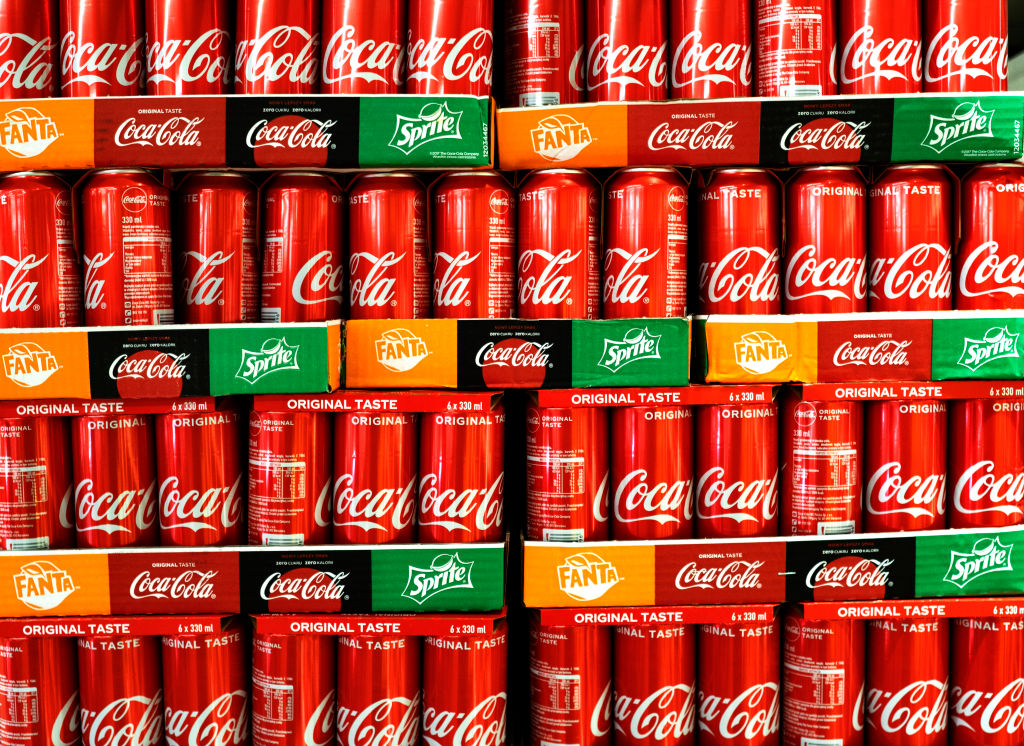
Coca-Cola is one of the world’s most valuable and recognisable brands. However, what many people don’t realise is that the distribution of the brand’s products is managed not by one, but by a range of different companies around the world that are responsible for getting the drink into consumers’ hands in their respective markets.
In some respects, Coca-Cola is managed like a franchise system. The parent company, which most investors are likely to be acquainted with, Coca-Cola (NYSE: KO), manufactures the key components and manages the brand around the world. Smaller regional firms are responsible for bottling and distributing the product in their markets.
From southern Europe to South America, this distribution business is dealt with by key local companies, most of which have used their affiliation with the drinks giant to expand into new markets and work on deals with Coke’s peers.
MoneyWeek
Subscribe to MoneyWeek today and get your first six magazine issues absolutely FREE

Sign up to Money Morning
Don't miss the latest investment and personal finances news, market analysis, plus money-saving tips with our free twice-daily newsletter
Don't miss the latest investment and personal finances news, market analysis, plus money-saving tips with our free twice-daily newsletter
How Coca-Cola began
The black sticky liquid that most people know as Coke today began life in the late 1800s when John Stith Pemberton, a local pharmacist in Atlanta, Georgia, produced the syrup for Coca-Cola. According to the Coca-Cola company’s own history, Pemberton carried a jug of the new product down the street to Jacobs’ Pharmacy, where it was placed on sale for five cents a glass as a soda fountain drink.
Soda fountains became popular in drugstores in the late 1850s. Widely used by people seeking to cure physical ailments, popular drugs such as cocaine and caffeine were mixed with the soda to produce simple remedies for common ailments. Other drinks, such as milkshakes, were added in the late 1800s, and soda fountains became popular with younger consumers.
This is the world Pemberton entered when he started selling his product in 1886. In the first year, sales averaged a mere nine drinks per day. Pemberton’s partner and bookkeeper, Frank Robinson, helped design the logo for the beverage. The now iconic Coca-Cola logo and its illustrative script started appearing in signs all over town and in local newspapers.
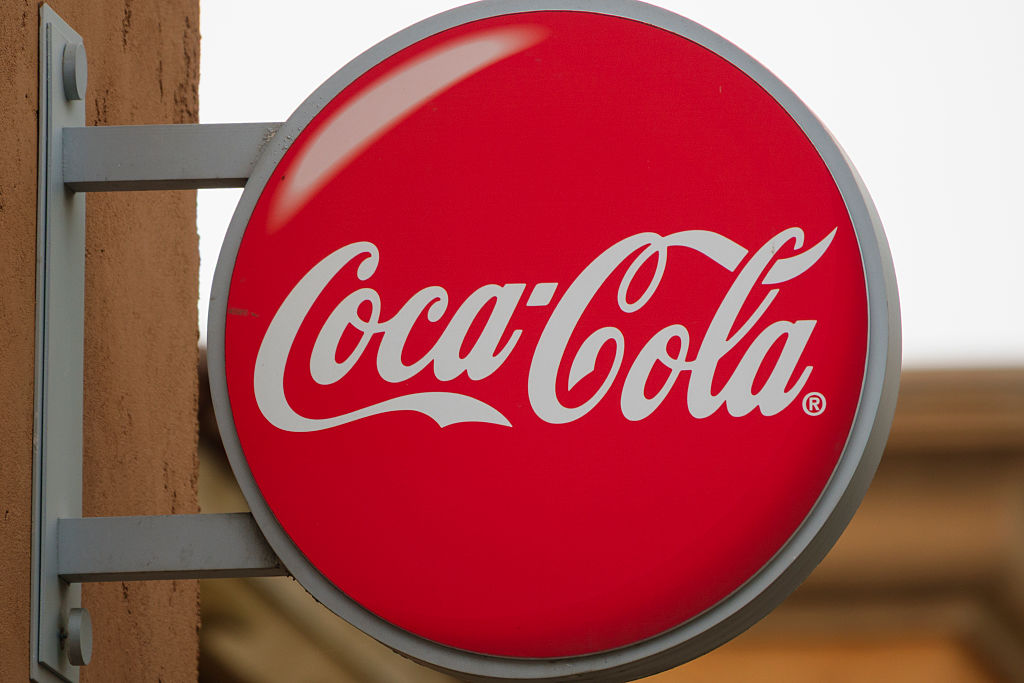
Coca-Cola serves almost 25% of the world’s population every day
After several years of steady growth and the founders putting in a lot of legwork, businessman Asa Griggs Candler purchased the Coca-Cola formula and brand, forming the Coca-Cola Company in Atlanta in 1892. By the middle of the decade, the syrup was being sold across the US and in 1889, the company made a decisive change to its operating model.
Management, with the aim of expanding without having to deploy significant capital into new production facilities, rolled out the franchise business model. In what would later be called the “Coca-Cola system”, the business granted exclusive bottling rights to independent bottlers around the country for a nominal upfront sum.
Over the years, the company has shifted some operations back under its ownership only to sell them off again, as the system model has proved to be by far the most effective organisational model for the brand and its partners.
Most brands don’t operate this way because it hands a great deal of control to third parties. Coca-Cola can’t always be sure the product it’s providing finds its way into the bottles that reach the shelves. It has to trust its partners and spend time and effort ensuring they maintain the quality.
Still, for an organisation that serves nearly a quarter of the globe’s population every single day, it’s a model that has worked incredibly well, allowing it to focus on what it does best: marketing and manufacturing syrup as well as deploying capital back to shareholders without having to get bogged down in negotiating glass supply contracts and distribution networks in developing countries.
And Coke keeps its partners on a tight leash. Agreements are fixed for a set duration, and Coke retains the right to terminate if the quality deteriorates, the company changes ownership, or its financial situation deteriorates.
The Coca-Cola system
Over the years, the benefits of the Coca-Cola system have shown through. In 2010, the company purchased Coca-Cola Enterprises, its North American bottler, to cut costs and streamline operations. But just three years later, the parent company decided it wanted to exit the business. By 2017, Coke celebrated a “major milestone”, noting that “nearly 70 independent Coca-Cola bottlers across the US are now running their trucks and bottling operations as a fully refranchised system”. Virtually all of the North American market is now back in independent bottlers’ hands.
The impact of these changes on the bottom line was significant. In the second quarter of 2017, Coke’s operating margin, adjusted for refranchising asset impairment and restructuring charges, increased by 375 basis points, or nearly four percentage points, over the first quarter of 2016.
The group’s chief financial officer attributed the margin expansion to the refranchising of the North American bottling business. A 4% operating-margin uplift on what was then $36 billion of annual sales is not small change.
The group is still absorbing this lesson and retreating from the bottling business. In its first quarter results, Coca-Cola recognised gains and losses due to the refranchising of bottling operations in certain territories in India, Bangladesh and the Philippines (the company recorded net gains of $599 million and $293 million related to the refranchising of bottling operations in the Philippines and in certain territories in India).
Rather than selling the finished bottles, Coke mainly sells a syrup concentrate to both bottlers and hospitality businesses. These organisations then mix the syrup into bottles or serve it to consumers directly when combined in the modern-day equivalent of the 1880s soda fountain, the soft drinks dispenser. By keeping the syrup manufacturing in-house, Coke has restricted access to its most valuable asset, the precise formula for Coca-Cola’s natural flavourings.
The number of syrup factories that make Coke’s vitally important key ingredient has not been made public. Still, it is believed there are three or four around the world, with the main operation located in Coke’s hometown, Atlanta, Georgia. Overall, the Coke group had 31 owned or leased concentrate or syrup factories at the end of 2024, with 81 owned or leased bottling locations.
So far, this article has focused primarily on the Coca-Cola product and its offspring, such as Diet Coke. Today, The Coca-Cola Company offers more than 200 brands and thousands of beverages across a wide range of categories, including sodas, waters, coffees, teas, juices, and more. The bottling operations still owned by the company are mainly focused on producing non-soft drink products that can’t be produced from a concentrate.
Still, where possible, the syrup (or concentrate, in the case of fruit juices) is made in a factory owned by Coca-Cola and then sent to a bottling partner. However, as the number of owned bottling plants shows, Coke still produces a lot of its own product. Bottling partners also use some concentrate to manufacture syrups to sell to fountain retailers. At the top level, Coke splits its businesses out into two lines, concentrate operations and finished-product operations. In 2024, the concentrate division generated 59% of group revenue, with the finished-product business accounting for 41%.
While the company does not show the margin breakdown of the two divisions, we can get some idea by looking at its independent bottlers. Last year, Coca-Cola reported an operating profit margin of 21.2%, down from 24.7%. Meanwhile, one of its largest bottling partners, the London-listed Coca-Cola HBC (LSE: CCH), reported a margin of 11%, up from 9.4% the year before. Put simply, bottling is significantly less profitable than producing and selling the syrup and concentrates alone.
That’s not to say the bottlers are bad investments. Quite the opposite, in fact. Coca-Cola HBC has outperformed Coca-Cola by a wide margin over the past decade, generating a total return for investors of 12.6% compared with 7.8% for the larger group. Over the past five years, the stock has returned 18.2% per annum on a total return basis, compared with 13.3% for the US giant.
The major bottlers
Coca-Cola HBC and Coca-Cola Europacific Partners (LSE: CCEP) are both listed in London. The latter is the world’s largest independent Coca-Cola bottler by net revenue and the second-largest by volume. It operates in Europe, Australia, Asia-Pacific, Indonesia and the Philippines, while Coca-Cola HBC is the main bottler for European regions and Africa.
Coca-Cola HBC is the third-largest Coca-Cola major bottler with operations in 29 countries and three continents, and it offers a lot more than just Coke products. It has a “24/7 portfolio” of drinks that can be consumed around the clock, from water to sports drinks, tea, snacks and alcoholic beverages. It’s an excellent example of how these franchise businesses have leveraged their affiliation with Coke and stable revenue streams from bottling Coke to expand into new areas and work with other clients.
Stable revenue streams have also enabled these bottling companies to invest heavily in what they do: bottle drinks. They have vast economies of scale in the respective markets that can be leveraged to reduce costs and secure better deals with suppliers. This is where the local experience comes into play. Coca-Cola would only make Coke in its local plants, but bottlers can appeal to other customers. That means they can open larger factories closer to the end market (shipping bottles around the world is prohibitively expensive), leveraging brand relationships to drive economies of scale. As analysts at asset manager Berenberg noted in a recent report on Coca-Cola HBC: “With a large fixed-cost structure, the bottlers run business models that are greatly leveraged to volume and scale increases.”
Volume and scale is something Coca-Cola HBC has and can leverage further in the years ahead to drive growth. Berenberg said the group “remains sub-scale in several of its core markets”, such as Italy, where the level of carbonated drink consumption is 40 litres per capita versus Spain’s 61 litres.
Two other key markets for the group, Egypt and Nigeria, are also set “to record rapid increases in urbanisation, which bodes well for disposable income growth and hence increases in per-capita consumption of soft drinks”. Based on growth projections for these markets, Berenberg sees Coca-Cola HBC’s sales rising 5.5% in 2025, 2.6% in 2026 and 2.4% in 2027. Thanks to economies of scale, earnings before interest and tax could rise 13.8% in 2025, 5% in 2026 and 6.2% in 2027.
Coca-Cola Europacific Partners operates a model very similar to that of its London counterpart. The addition of other brands to its portfolio has helped drive growth in areas such as the energy-drink market: a partnership with Monster Beverage helped the group record a 6.3% jump in the volume of energy-drink sales last year, ahead of a respective 3.6% and 0.9% for Coca-Cola Zero Sugar and Original Taste. Ready-to-drink alcoholic beverages also performed strongly thanks to the rollout of Absolut Vodka & Sprite, while Jack Daniel’s & Coca-Cola Zero Sugar were introduced in more markets, including the Philippines.
Europacific Partners has forecast operating profit growth of 7% this year, and free cash flow of at least €1.7 billion. It is committed to paying out 50% of free cash flow as a dividend and has outlined plans to buy back €1 billion in shares over 12 months from February 2025.
Developing markets
The largest bottler by volume is Coca-Cola FEMSA (NYSE: KOF). This has its headquarters in Mexico and operates in various Latin American countries and the Philippines. A key market is Brazil, which has some of the highest per-capita consumption rates of carbonated beverages in the world at nearly 60 litres per annum.
Volumes expanded 2% in the first quarter, on top of a 10% jump in the same period last year. In the smaller Argentine market, volumes expanded 9%. Coca-Cola FEMSA is in the process of ramping up capital spending, which, according to UBS, “should remain elevated at 8.5%- 9.5% of sales... as the company continues to expand installed capacity”.
This should pay off with “greater volume output”, and the investment bank has modelled a 30 basis-point increase in the group’s return on invested capital, thanks to future economies of scale. Sales growth is expected to hit 11.9% in 2025, 8.6% in 2026 and 6.2% in 2027, but despite these projections, the company, which has the most growth potential of the big three, is the cheapest of them.
CocaCola FEMSA is trading on a 2026 forward price/earnings (p/e) ratio of 12.9 compared with 15.8 for Coca-Cola HBC and 17.5 for Coca-Cola Europacific. It yields 4.8%,while both peers offer 3.1%. UBS’s estimate of earnings-per-share growth from 2025 through 2027 is 11% for FEMSA, 8.8% for HBC and 6.5% for Europacific.
Coca-Cola Consolidated (Nasdaq: COKE) is the largest Coca-Cola bottler in the US, and Coca-Cola is the group’s biggest shareholder at 22%. The second-largest shareholder is J. Frank Harrison, currently the group’s CEO. While Coca-Cola Consolidated operates in a relatively saturated market, it has managed to grow revenue at 7.4% per annum over the past five years. Much of this growth has come from pricing. For example, last year, volume declined 0.6% as net sales increased 3.7% over the year. Still, the group benefited from economies of scale, like its peers in other markets. The gross profit margin for the year rose from 39.1% to 39.9% and income from operations jumped 10.3%.
Trading at a forward p/e of 20, Coca-Cola Consolidated is the most expensive of the large group of bottlers. Still, the nature of its major shareholders means most of the stock is quite tightly held, and less liquid stocks generally trade with a higher valuation. The concentrated ownership also means management is more attuned to capital allocation. And like most US-listed companies, the company has decided to return cash via buybacks rather than dividends.
The dividend yield on the shares is less than 1%, but last year the group authorised a $3.1 billion tender offer to repurchase shares in the first half of the year. Then it announced an additional $1 billion repurchase in August, both massive buybacks for a company with a market value of $10 billion. With these aggressive buybacks, it’s no wonder the stock has returned 400% over the past five years, outperforming the S&P 500’s 107%.
For more adventurous investors, there are several other names in the Coke-bottling sector. Arca Continental (Mexico City: AC) is one of the largest Coca-Cola bottlers in Latin America, operating in Mexico, Argentina, Ecuador, Peru, and the southwestern US. It’s the fourth-largest bottler, and thanks to its exposure to Latin America, it is likely to benefit from some of the same growth trends as Coca-Cola FEMSA. UBS expects earnings per share to rise at a compound annual rate of 9.2% over the next three years. The shares are trading at a forward price-to-earnings (p/e) ratio of 13.7 with a yield of 4.7%.
Elsewhere, among the smaller or more localised bottlers, there’s Embotelladora Andina (NYSE: AKO.A), a Chilean company that bottles and distributes Coca-Cola’s products in Chile, Argentina, Brazil and Paraguay. The Coca-Cola Company holds a minority stake in the group, and it is also set to benefit from South American growth trends, but it’s around a sixth of the size of Coca-Cola FEMSA, so it lacks the economies of scale available to its larger peer.
There’s also Coca-Cola Icecek (Istanbul: CCOLA). The firm has headquarters in Turkey, and distributes Coca-Cola’s products in Turkey, the Middle East, Central Asia, and Pakistan. Finally, Kirin (Tokyo: 2503), the Japanese beer and beverages group, owns Coca-Cola Beverages Northeast, which is another of the major bottlers in the US.
This article was first published in MoneyWeek's magazine. Enjoy exclusive early access to news, opinion and analysis from our team of financial experts with a MoneyWeek subscription.
Get the latest financial news, insights and expert analysis from our award-winning MoneyWeek team, to help you understand what really matters when it comes to your finances.

Rupert is the former deputy digital editor of MoneyWeek. He's an active investor and has always been fascinated by the world of business and investing. His style has been heavily influenced by US investors Warren Buffett and Philip Carret. He is always looking for high-quality growth opportunities trading at a reasonable price, preferring cash generative businesses with strong balance sheets over blue-sky growth stocks.
Rupert has written for many UK and international publications including the Motley Fool, Gurufocus and ValueWalk, aimed at a range of readers; from the first timers to experienced high-net-worth individuals. Rupert has also founded and managed several businesses, including the New York-based hedge fund newsletter, Hidden Value Stocks. He has written over 20 ebooks and appeared as an expert commentator on the BBC World Service.
-
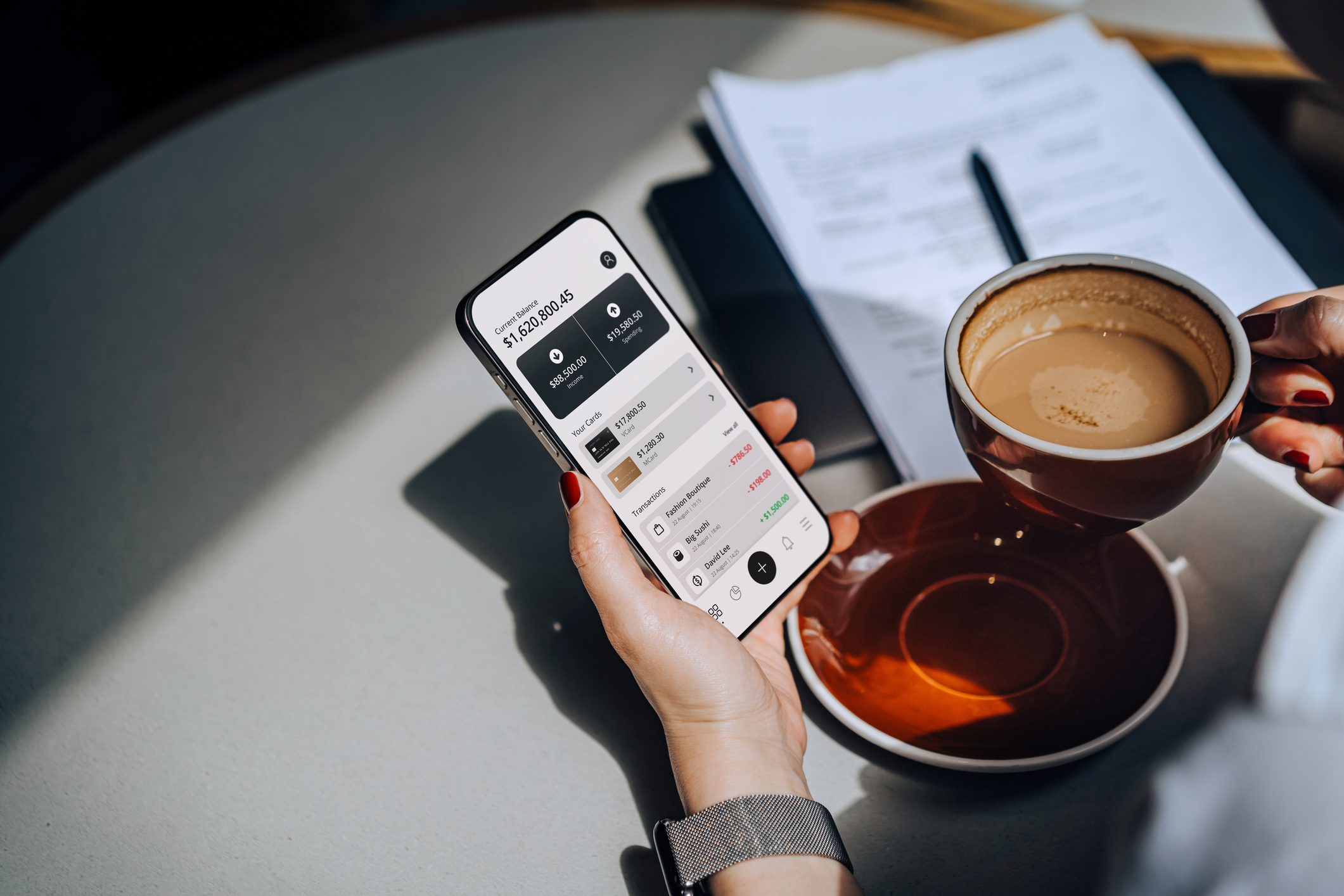 5 investment trusts for your pension
5 investment trusts for your pensionInvestment trusts are often a good choice for long term growth and income options, but which ones should you consider for your pension?
-
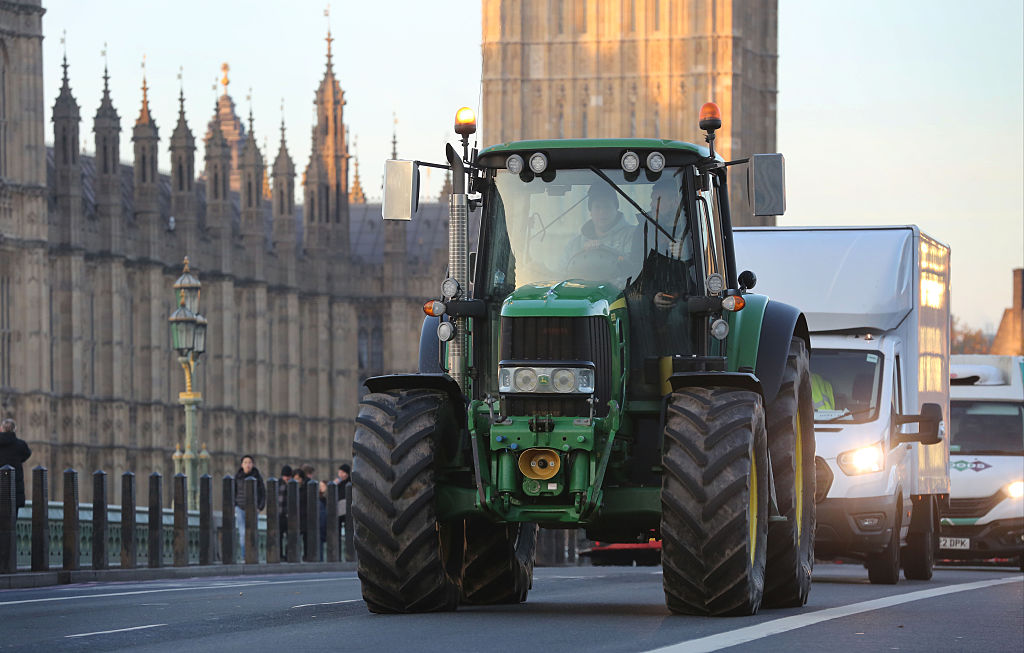 Inheritance tax climbdown as agricultural property relief threshold raised
Inheritance tax climbdown as agricultural property relief threshold raisedReforms to agricultural property relief had sparked strong opposition, and the government has now diluted its controversial inheritance tax plans for farmers
-
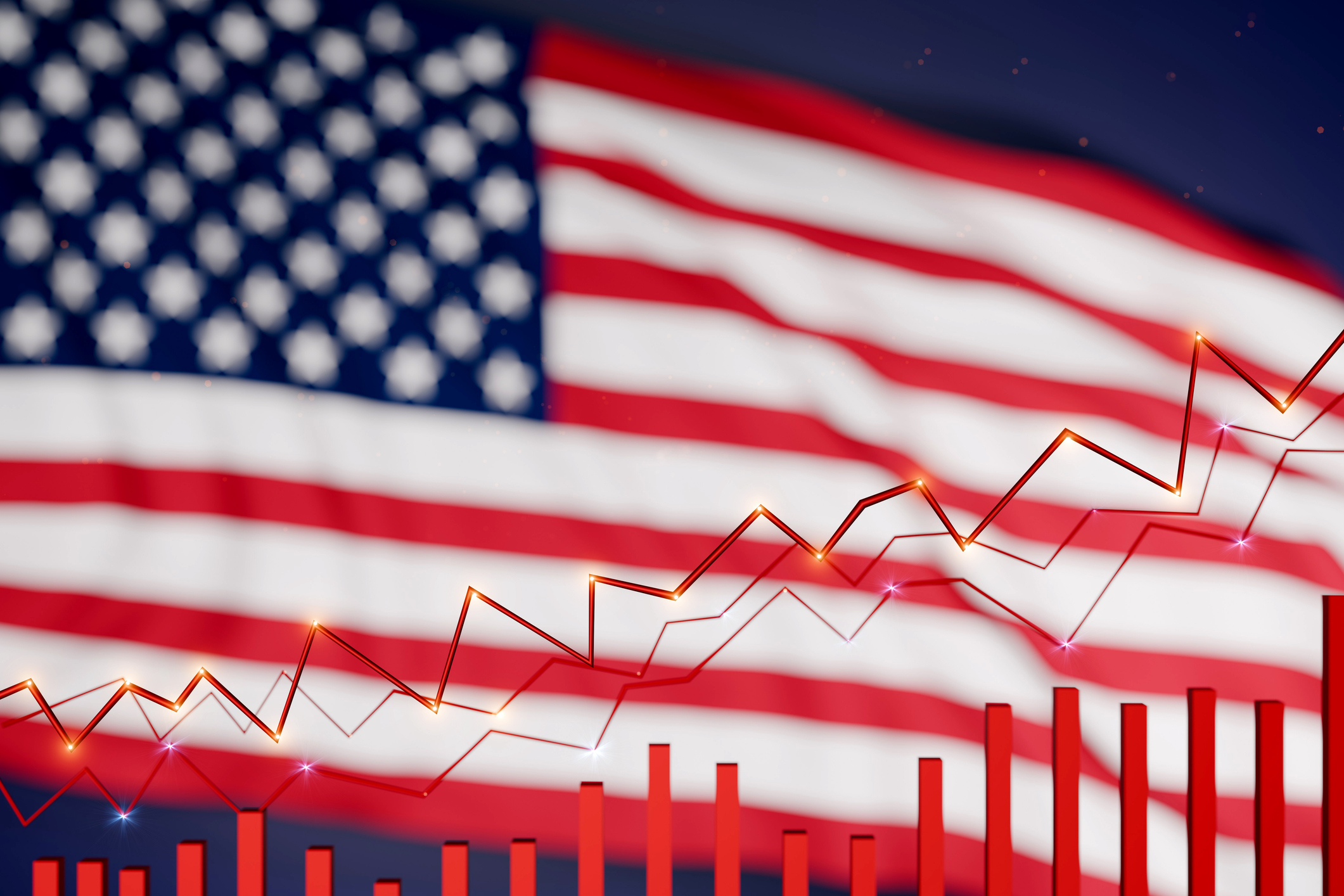 Stock markets have a mountain to climb: opt for resilience, growth and value
Stock markets have a mountain to climb: opt for resilience, growth and valueOpinion Julian Wheeler, partner and US equity specialist, Shard Capital, highlights three US stocks where he would put his money
-
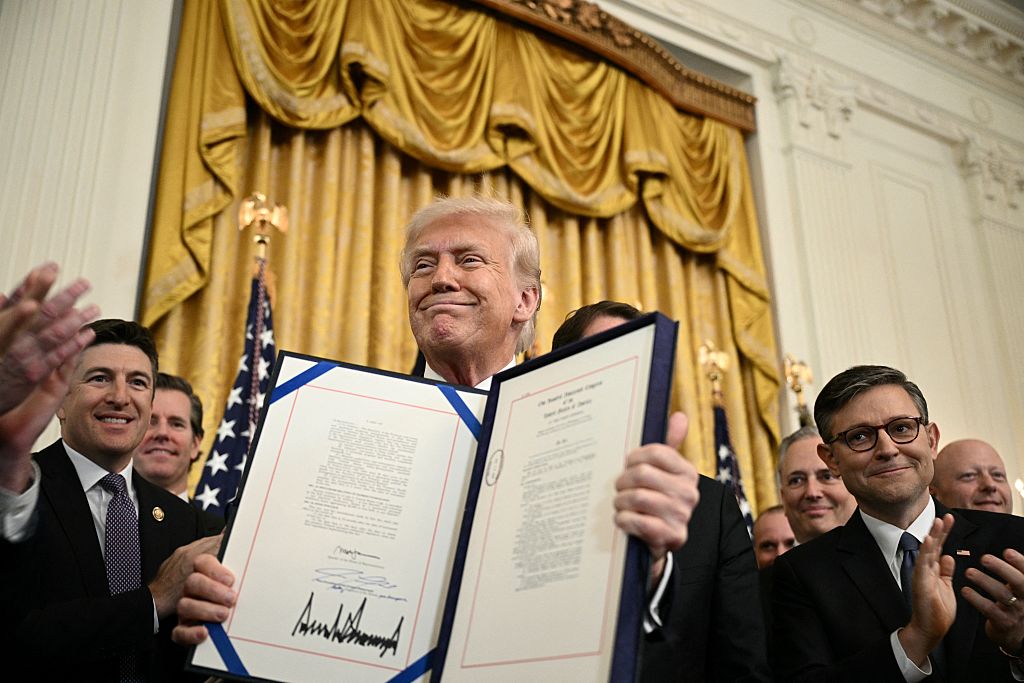 The steady rise of stablecoins
The steady rise of stablecoinsInnovations in cryptocurrency have created stablecoins, a new form of money. Trump is an enthusiastic supporter, but its benefits are not yet clear
-
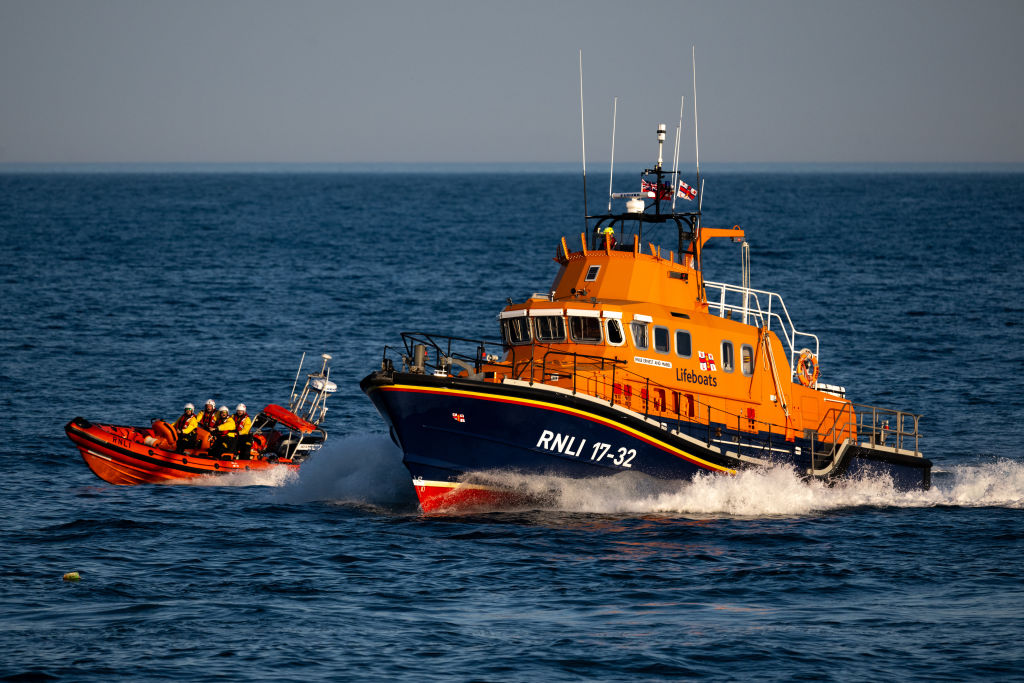 SRT Marine Systems: A leader in marine technology
SRT Marine Systems: A leader in marine technologySRT Marine Systems is thriving and has a bulging order book, says Dr Michael Tubbs
-
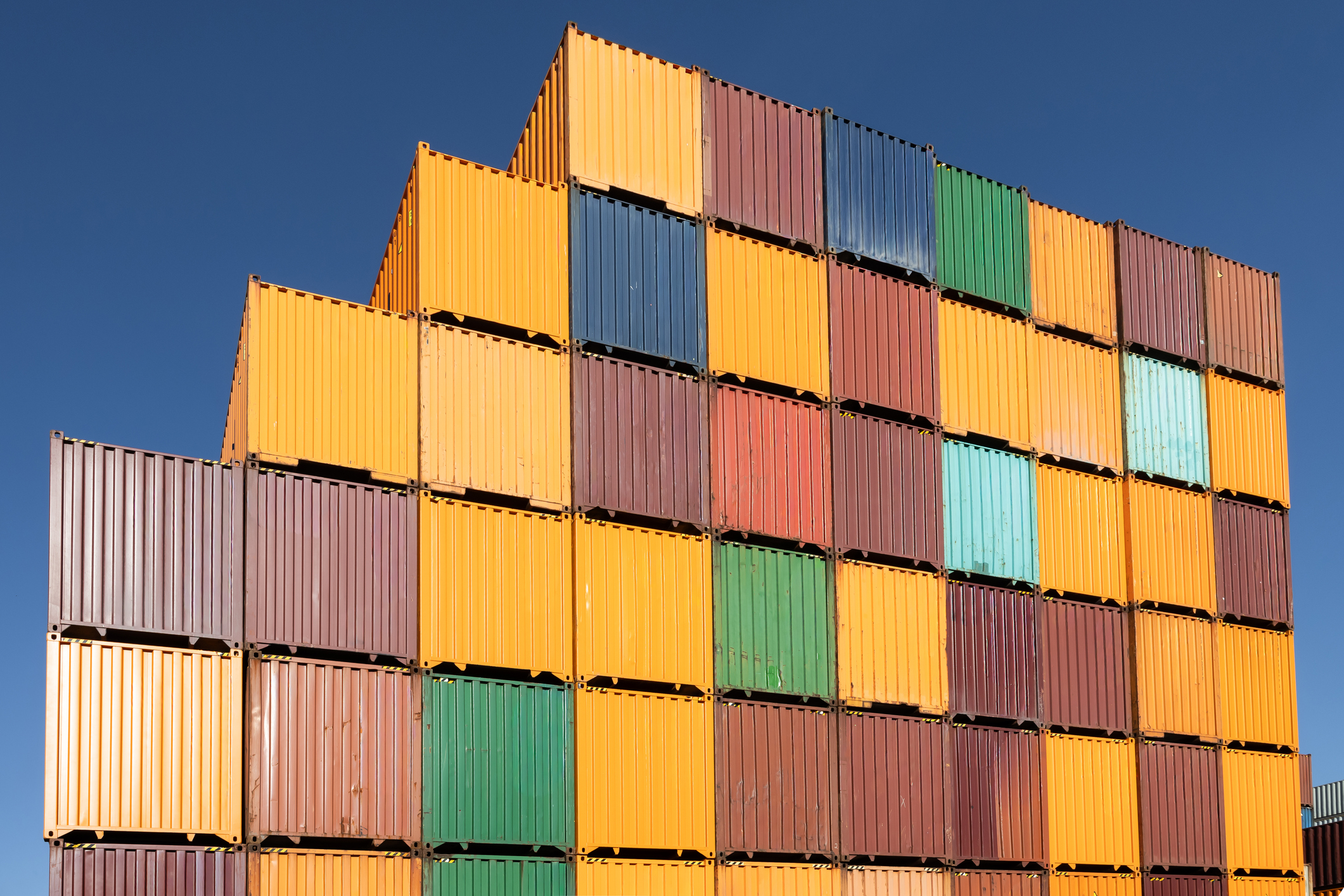 Goodwin: A superlative British manufacturer to buy now
Goodwin: A superlative British manufacturer to buy nowVeteran engineering group Goodwin has created a new profit engine. But following its tremendous run, can investors still afford the shares?
-
 A change in leadership: Is US stock market exceptionalism over?
A change in leadership: Is US stock market exceptionalism over?US stocks trailed the rest of the world in 2025. Is this a sign that a long-overdue shift is underway?
-
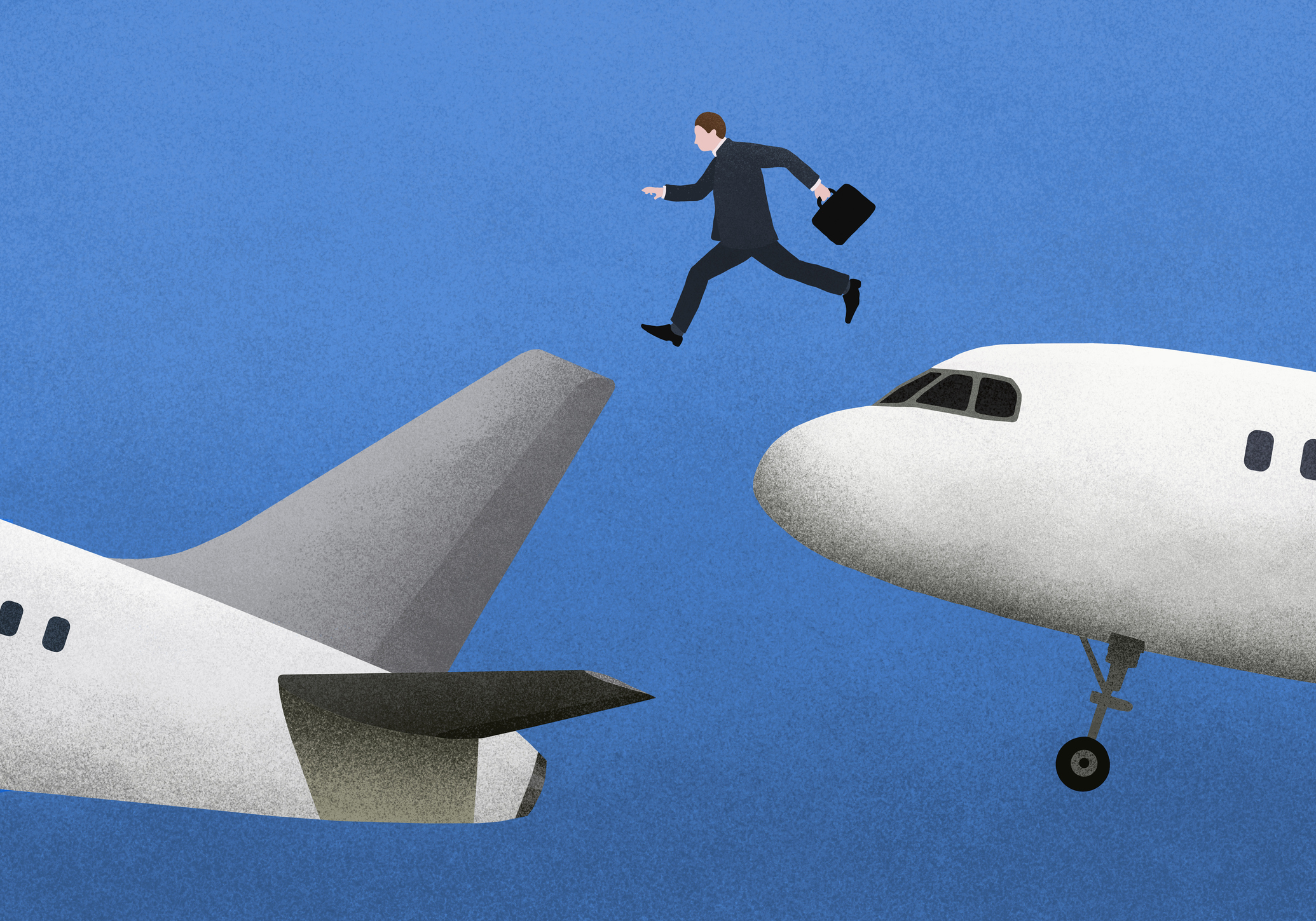 A reckoning is coming for unnecessary investment trusts
A reckoning is coming for unnecessary investment trustsInvestment trusts that don’t use their structural advantages will find it increasingly hard to survive, says Rupert Hargreaves
-
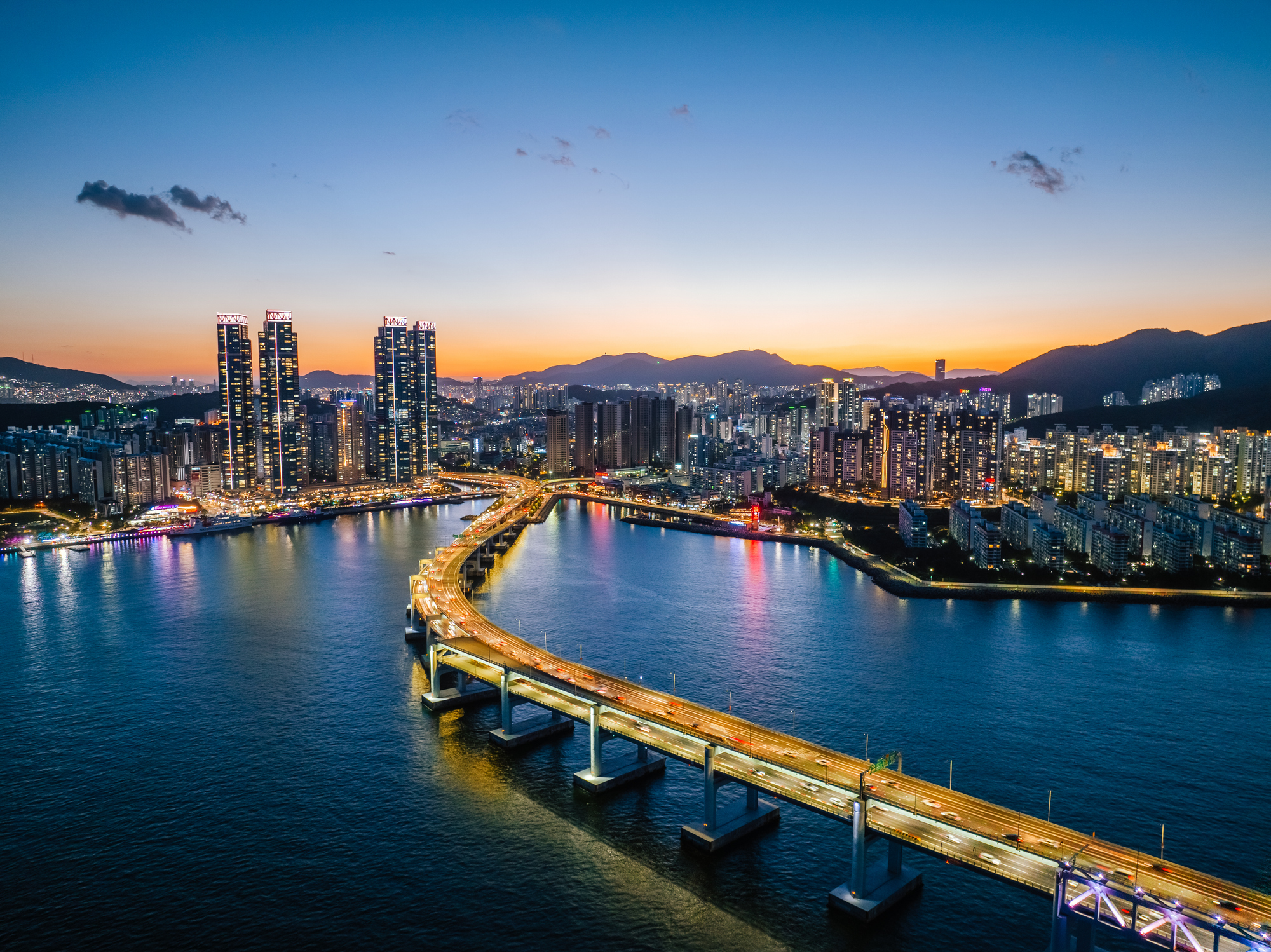 Metals and AI power emerging markets
Metals and AI power emerging marketsThis year’s big emerging market winners have tended to offer exposure to one of 2025’s two winning trends – AI-focused tech and the global metals rally
-
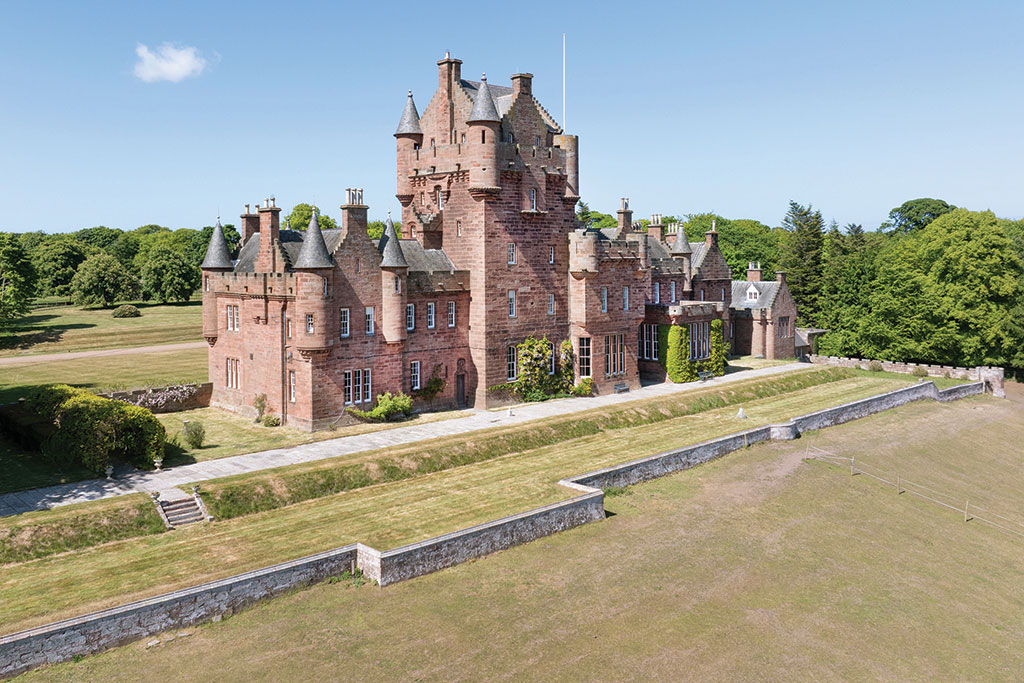 8 of the best houses for sale with beautiful fireplaces
8 of the best houses for sale with beautiful fireplacesThe best houses for sale with beautiful fireplaces – from a 15th-century cottage in Kent to a 17th-century palazzo in Oxfordshire